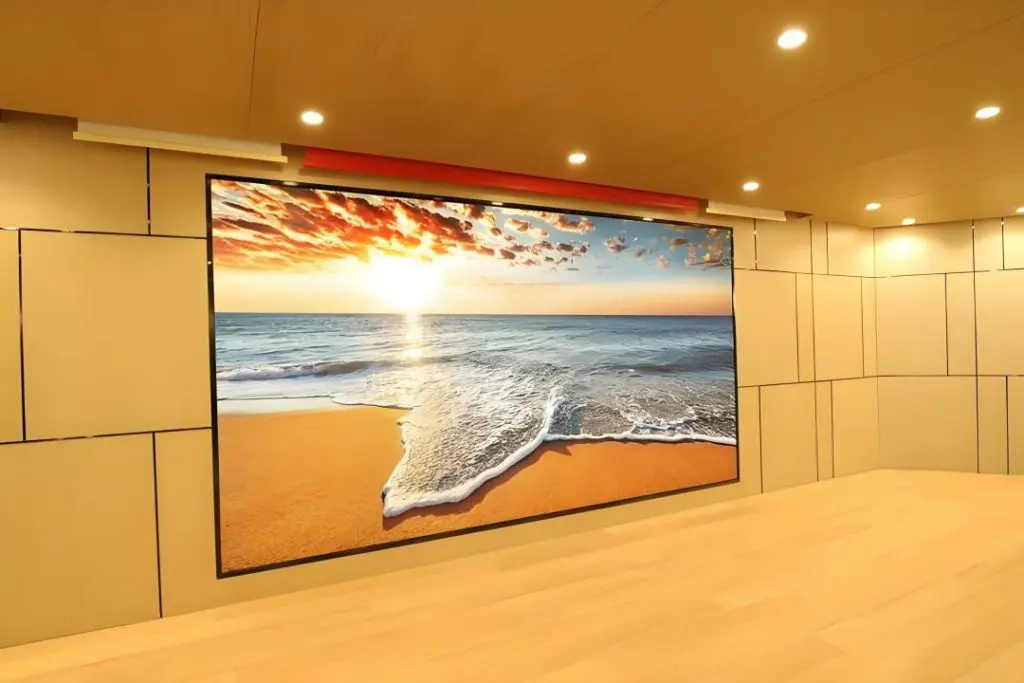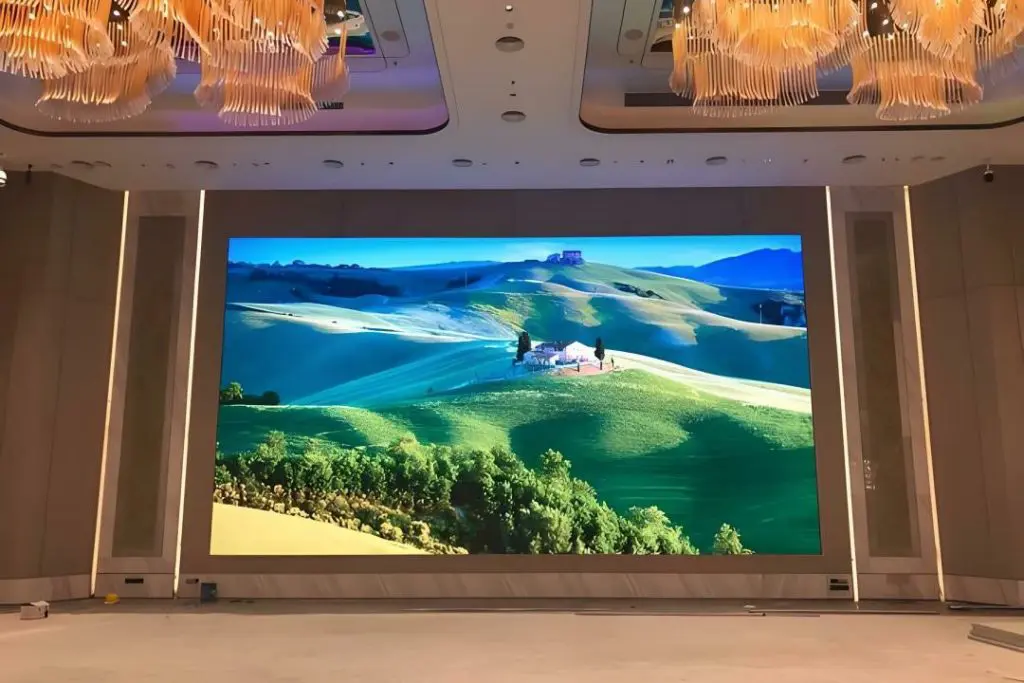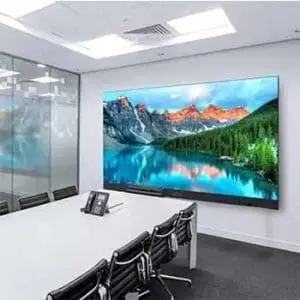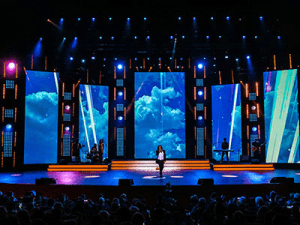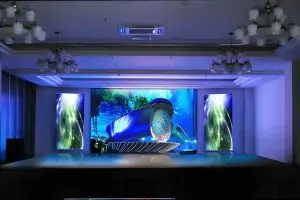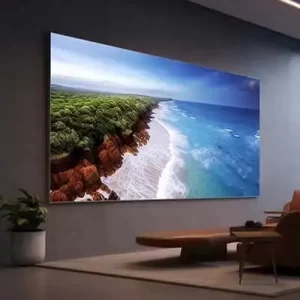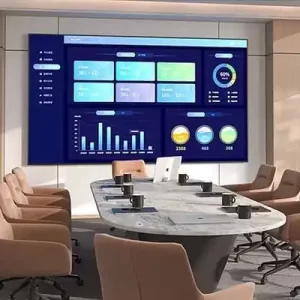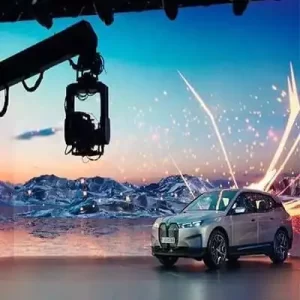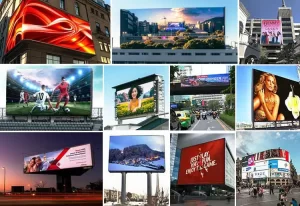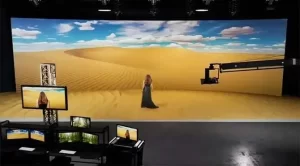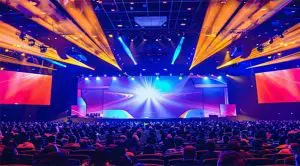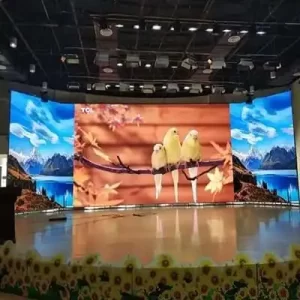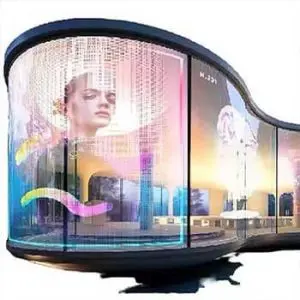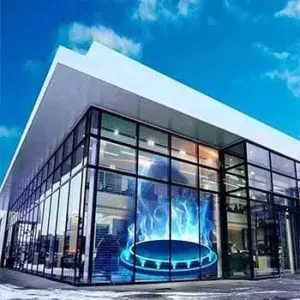An LED display is a modern digital screen that uses light-emitting diodes (LEDs) to showcase images, videos, text, and other visual content. These screens are bright, dynamic, and energy-efficient, making them ideal for applications in advertising, events, corporate environments, retail, and public spaces.
In this guide, we will explore what LED displays do, their primary functions, key features, and how they are used across industries to deliver impactful messages and captivate viewers. By understanding their potential, you can make better decisions about integrating this technology into your business or event.
What Are the Functions of an LED Display?
LED displays play several roles depending on the context. These are their primary functions:
1. Showcasing Visual Content
LED screens showcase dynamic visuals, including:
- Images: Useful for branding, advertisements, and promotions.
- Videos: Perfect for delivering engaging messages or entertaining an audience.
- Text: Ideal for real-time updates, announcements, or schedules.
Their adaptability ensures that they can handle various types of media seamlessly. Whether it’s a promotional video or a simple message, these displays deliver content effectively.
2. Capturing Audience Attention
With their high brightness, vivid colors, and dynamic animations, LED displays excel at grabbing attention. For example, in a bustling shopping mall or a busy street, these screens make messages stand out, ensuring they reach the intended audience.
3. Enhancing Communication
LED displays improve communication by presenting information clearly and visually. They make it easier for audiences to understand complex ideas or receive important updates. For instance:
- Corporate Presentations: They allow clear presentation of data, charts, and visuals during meetings.
- Public Information: They provide updates or instructions in transport hubs or public areas.
4. Creating Immersive Experiences
Large LED walls and interactive displays create immersive environments. At concerts, exhibitions, or sports events, audiences enjoy a more engaging experience with dynamic visuals that complement the atmosphere.
5. Ensuring Visibility in All Lighting Conditions
Unlike traditional screens, LED displays remain highly visible in both bright sunlight and dim indoor settings, making them versatile for nearly any environment.
Key Features of LED Displays
Several features set LED screens apart from other display technologies:
1. Brightness Levels
LED screens deliver impressive brightness, ranging from 800 nits for indoor settings to over 10,000 nits for outdoor spaces. This ensures that content remains visible even in challenging lighting conditions.
2. Seamless Visuals
The modular design of LED panels allows for smooth, gap-free visuals, making them ideal for creating large video walls or immersive experiences.
3. Energy Efficiency
LED technology consumes less power compared to older display methods. This reduces operational costs while delivering exceptional performance.
4. Customization Options
LED displays can be configured to fit various shapes, sizes, and resolutions, from small indoor panels to massive outdoor billboards.
5. Durability
These displays are built to last and often have a lifespan of up to 100,000 hours. Outdoor models are designed to resist weather conditions such as rain, dust, and heat.
Where Are LED Displays Used?
LED displays are incredibly versatile and can be found across industries. Here are some common applications:
1. Advertising and Marketing
Businesses rely on LED screens to attract customers and enhance brand visibility.
- Billboards: Large digital screens in high-traffic areas help businesses deliver their message effectively.
- Retail Displays: Stores use LED displays to promote products, discounts, and branding inside or outside their premises.
2. Events and Entertainment
At concerts, festivals, and sporting events, LED screens play a central role in enhancing the experience.
- Concert Backdrops: They display live feeds, animations, or videos that energize the audience.
- Sports Venues: LED scoreboards provide real-time scores, replays, and sponsor advertisements.
3. Corporate Communication
Businesses use LED displays in office spaces to share information and streamline communication.
- Conference Rooms: Teams use them to present slides, data, and videos with clarity.
- Reception Areas: Displays in lobbies highlight company updates or welcome visitors.
4. Public Spaces
Public areas often utilize LED screens to share important updates or enhance the visitor experience.
- Transport Hubs: Airports and train stations use them to display schedules and announcements.
- Museums and Exhibitions: Interactive LED screens provide engaging educational content for visitors.
5. Creative Installations
LED screens are also utilized in architectural and creative projects.
- Building Facades: Designers integrate LED panels into structures to create dynamic lighting effects.
- Transparent Screens: These futuristic screens allow brands to showcase content without obstructing visibility.
Why Should You Choose an LED Display?
LED displays offer several advantages that make them a preferred choice for businesses and organizations. Here are some of the key benefits:
1. Bright and Vibrant Visuals
Their vibrant colors and high resolution make them highly effective at delivering messages that stand out.
2. Versatility
Whether used indoors or outdoors, for temporary events or permanent installations, LED displays can adapt to any application.
3. Cost-Effectiveness
Although the initial investment may be higher, their energy efficiency and durability reduce long-term costs.
4. Easy Customization
From large video walls to curved or transparent screens, LED displays can be tailored to meet specific needs.
How Do LED Displays Work?
The way an LED display functions is straightforward but highly effective. Here’s a brief explanation:
- LED Modules: Screens consist of panels with red, green, and blue diodes that combine to create millions of colors.
- Pixel Pitch: The resolution depends on the distance between the LEDs (pixel pitch). Smaller pixel pitches provide sharper visuals, especially for close-up viewing.
- Control System: A controller processes video, images, or text and sends them to the display.
- Brightness and Contrast: LEDs emit their own light, ensuring excellent brightness and contrast levels.
How Much Do LED Displays Cost?
The cost of an LED display depends on several factors, including size, resolution, and installation complexity. Here’s a general breakdown:
| Pixel Pitch | Recommended Use | Cost per m² (USD) |
|---|---|---|
| P1.5–P2.5 | High-resolution close viewing | $2,000–$3,500 |
| P3–P4 | Standard indoor/outdoor use | $1,000–$2,500 |
| P5–P10 | Long-distance viewing | $700–$1,500 |









